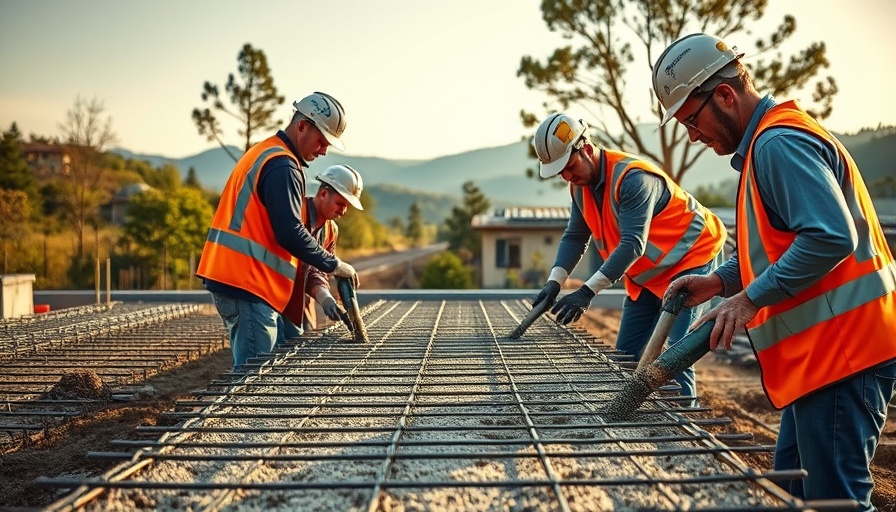
Feds Make Waves: The Dismantling of Climate Control Initiatives
In a move that sent shockwaves through the commercial construction industry, federal leaders recently announced plans to scale back climate emission control efforts, raising a sea of questions among professionals committed to sustainable construction practices. The ramifications of this decision could ripple through project efficiency, cost management, and even the quality of outcomes that construction firms promise their clients.
A Climate Crisis? Not Anymore
The decision to retract climate emission guidelines comes at a time when industries worldwide are rushed to embrace environmental responsibility. Experts argue that ignoring emissions control can lead not only to higher ecological costs but also to financial penalties in the long run. The rising temperatures and increased weather irregularities could lead to more intense construction challenges, necessitating more robust and costly project adaptations. As a professional in the field, one might wonder how this shift will influence ongoing and future projects.
Cost Management Takes Center Stage
With new regulations favoring leniency, firms could find it cheaper to operate without stringent emission controls. However, this could backfire. Clients of commercial construction companies are increasingly interested in how projects affect their overall environmental footprint. Implementing energy-efficient building materials and processes might come with a temporary higher cost but may result in long-term savings through energy efficiency and sustainability. Construction leaders must weigh these trade-offs carefully.
The Future of Smart Buildings
The irony here lies in the growing trend toward 'smart buildings,' which utilize technology to optimize energy use and reduce emissions. In light of recent federal decisions, many in the construction industry are now grappling with how to justify investment in such technologies. Will they continue to push the envelope for innovation, despite the rollback of federal incentives or guidelines? The answer likely lies in the demand from trend-conscious homeowners and businesses seeking quality, not just compliance.
Voices from the Industry
Industry experts and stakeholders express concern, arguing that this change signifies a retreat from the commitment to provide more sustainable construction solutions. Without a concerted effort toward emissions control, the construction sector risks stagnating in an era where clients prioritize not only cost but also environmental stewardship. Enhanced public awareness surrounding climate change demands transparency from those building our future.
Taking Action: The Path Forward
As federal regulations shift, construction companies face a pivotal moment where they can reshuffle their strategic approaches. Opting for greener technologies may initially appear costly, but firms that embrace innovation today may find themselves leading the market tomorrow. Staying informed and proactive can lead to invaluable insights and solutions within a challenging climate.
In summary, the federal rollback of climate regulations presents major implications for the construction industry. Clients must be educated and aware of the environmental impacts of their projects as they move forward. The path to sustainable construction should remain illuminated, no matter the hurdles.
 Add Row
Add Row  Add
Add 




Write A Comment